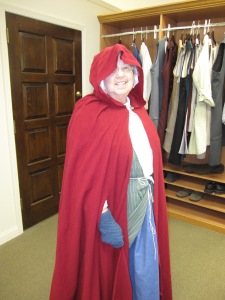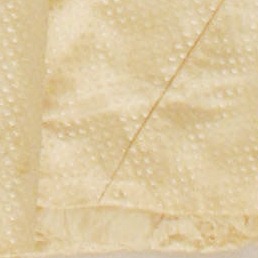 Those that participated in Pennsbury Manor’s annual Holly Nights last week may have noticed a larger selection of winter wear for costumed interpreters. That’s because our Sewing & Mending Society has been working hard the past couple months to create more cloaks, capes, and mitts for our clothing collection! After last year’s bitterly cold event, we wanted to ensure that all our volunteers were as warm as possible.
Those that participated in Pennsbury Manor’s annual Holly Nights last week may have noticed a larger selection of winter wear for costumed interpreters. That’s because our Sewing & Mending Society has been working hard the past couple months to create more cloaks, capes, and mitts for our clothing collection! After last year’s bitterly cold event, we wanted to ensure that all our volunteers were as warm as possible.
So I’d like to offer a little background on the 17th-century cloak and all the research that went into our reproductions!


Courtesy of the Metropolitan Museum of Art's Costume Institute. Notice the seaming on the bottom edge, seen above - fabric was typically cut in a half-circle or crescent shape, depending on how full they wanted to make the cloak. But if the fabric was not long enough, the remaining scraps could be sewn onto the sides to finish off the arc. Notice the way the back closure has been sewn into place, a variation on the styles seen below. Courtesy of the Metropolitan Museum of Art.
